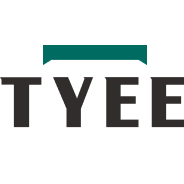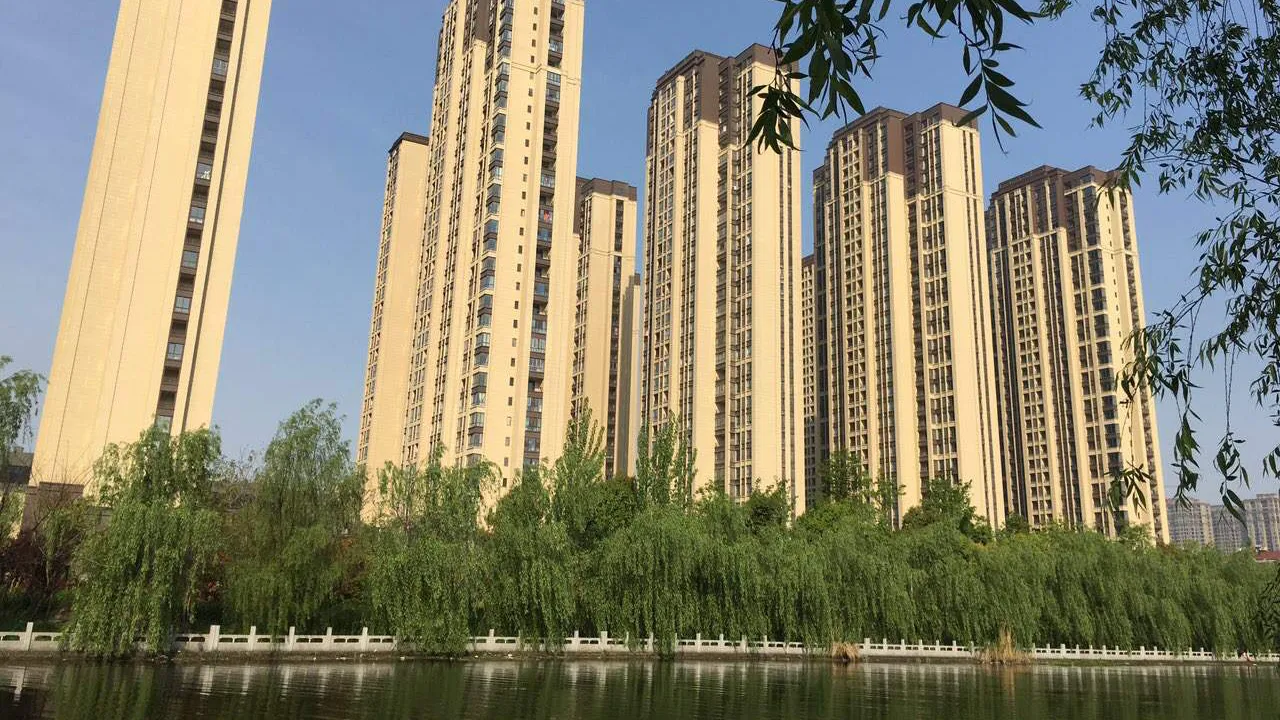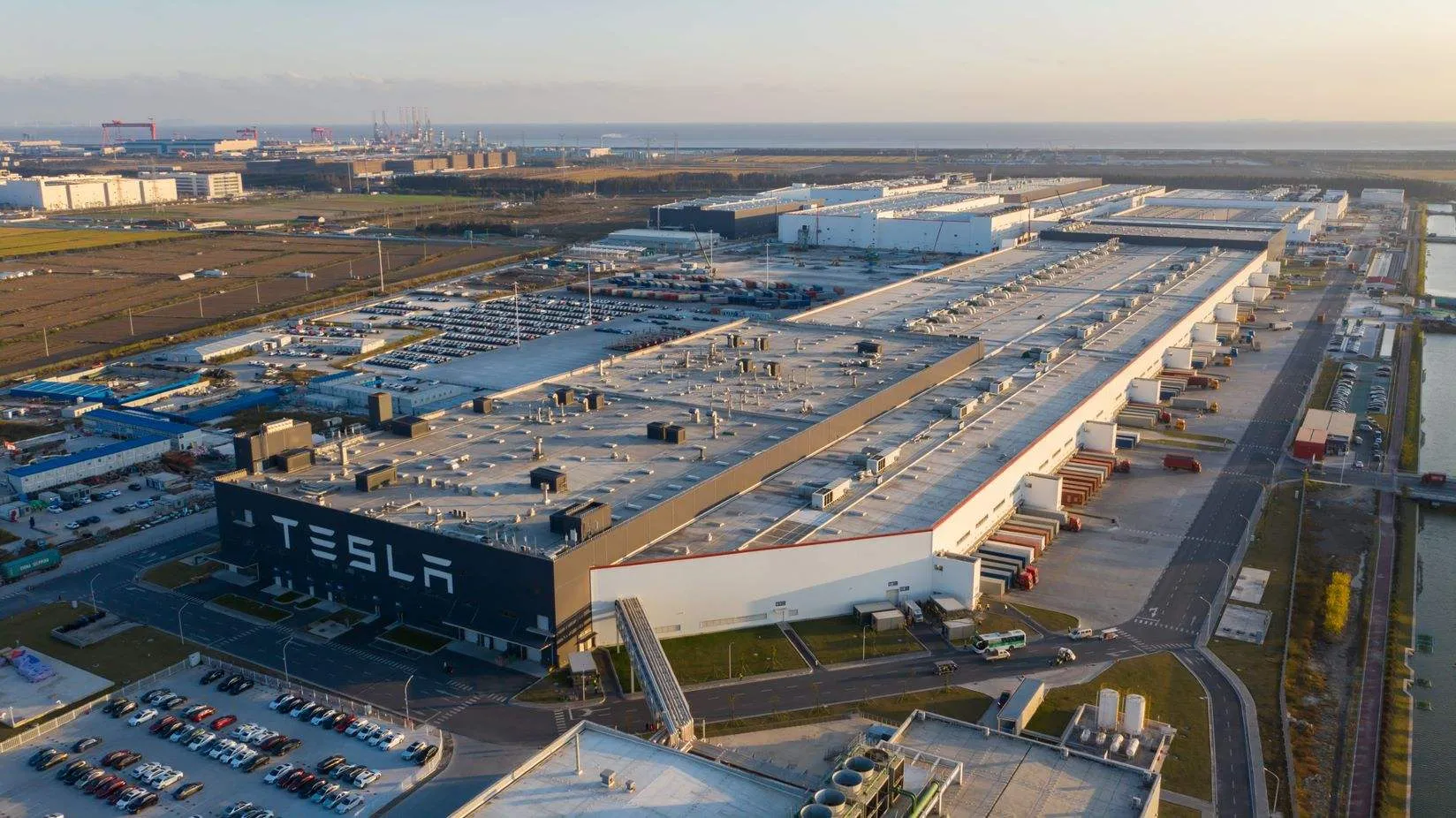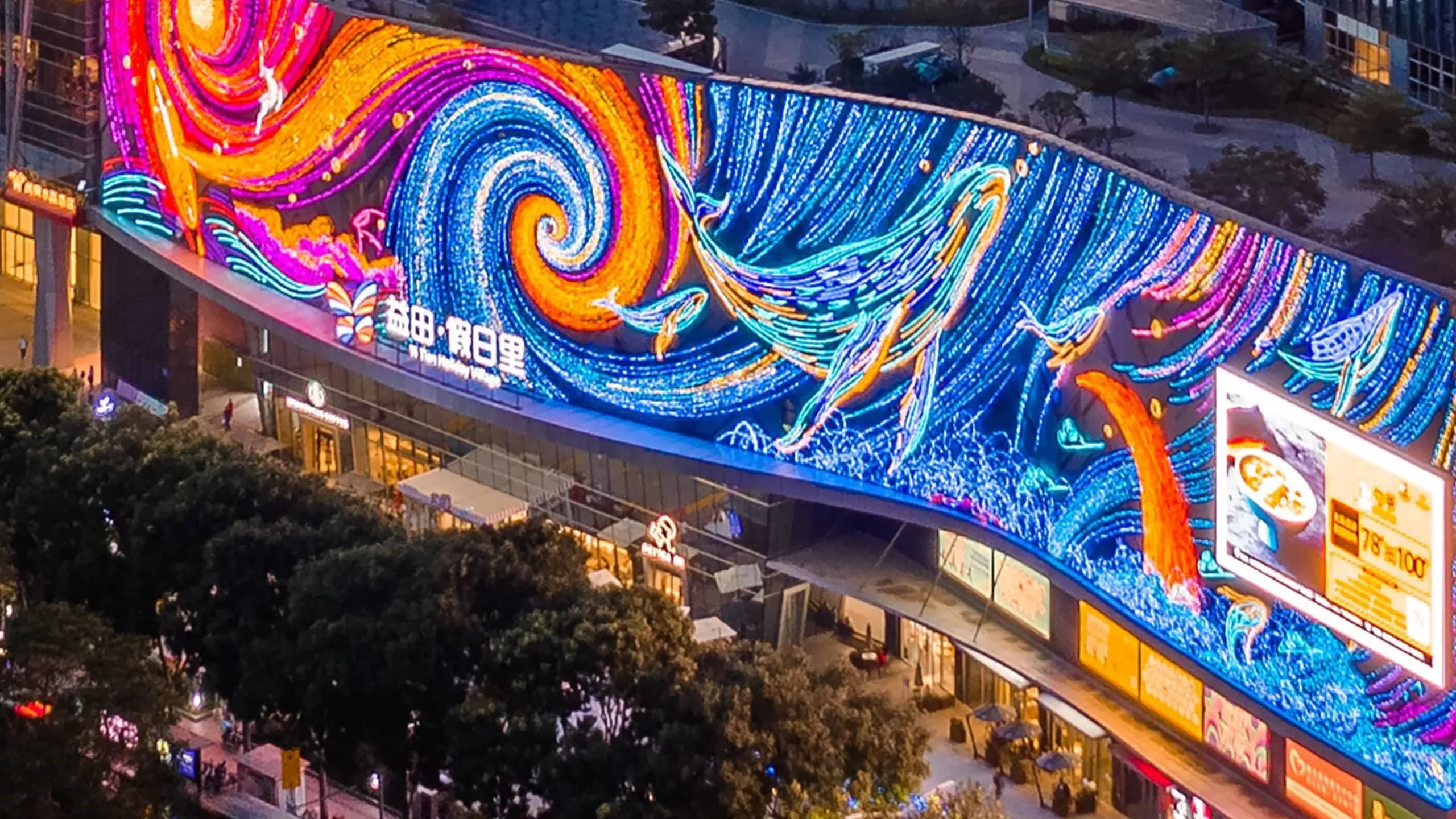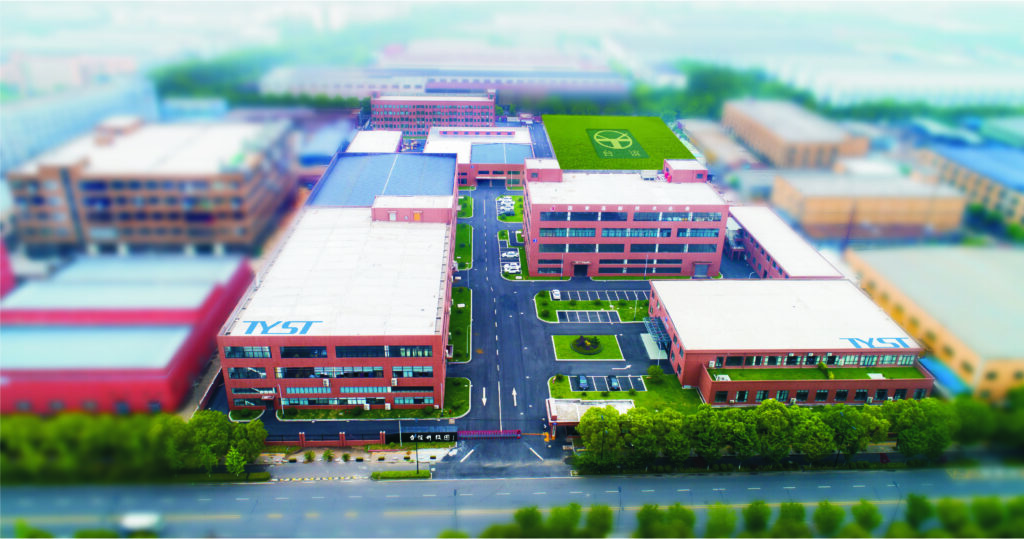
Smart evacuation systems, like those from tyee, make work sites safer and more efficient. Oil & gas sites have many dangers, so fast emergency response is very important. These systems use advanced IoT technologies and AI. They give real-time monitoring and dynamic evacuation guidance. Studies show smart evacuation models are very accurate. They have only a 5.4% error in timing predictions. These models help find bottlenecks and make routes better:
| Aspect | Numerical Result | Impact |
|---|---|---|
| Model Validation | 5.4% relative error | Accurate evacuation time predictions |
| Optimization Algorithms | Improved planning | Reduced total evacuation time |
When companies use these new systems, they can make safety better. They can also make sure people can evacuate safely during emergencies.
Key Takeaways
- Smart evacuation systems use real-time data and AI to help workers leave safely and fast during emergencies. This lowers panic and confusion. These systems make safety better by changing escape routes as needed and watching who needs help. This helps rescue teams move faster.
- Bad weather and tricky site layouts in Arabian oil and gas sites make leaving hard. But smart systems can change to handle these problems well.
- TYEE’s solutions have advanced lighting, fire alarms, and monitoring tools. These work together to find danger early and guide people out safely. Smart evacuation systems save time, cut down on injuries, lower costs, and help companies follow safety rules. This makes work sites safer and more efficient.
Smart Evacuation Benefits
Safety Improvements
Smart evacuation systems change how emergencies are handled at oil & gas sites. These systems use live data and new technology to help people get to safety. They make it easier for workers to know what to do. This helps stop panic and confusion. When workers get simple directions, they can leave dangerous places quickly and safely.
A study looked at different alarm types during a fake airport fire. People who used smart evacuation tools, like AR navigation, found safer and faster ways out. Alarms that used sound, lights, and even smells made people react faster. These alarms also helped people make better choices when leaving. This meant people walked less and found the best paths faster.
Smart evacuation systems with many types of guidance help people act quickly and make good choices in emergencies.
The table below shows how better communication helps people leave faster:
| Penetration Rate (%) | Packet Delivery Ratio (PDR) | Average End-to-End Delay (ms) | Network Clearance Time | Key Findings |
|---|---|---|---|---|
| 0 (No communication) | N/A | N/A | Highest | No communication, no data transfer |
| <40 | Increasing PDR with lower penetration, decreasing with higher due to network load | ~0.24 (consistent) | Decreases as penetration increases | Communication reduces clearance time and improves evacuation efficiency |
| 40 | ~49% packets received correctly | ~0.24 | Lowest | Best scenario in study, optimal balance of communication and processing |
This table shows that more people using connected devices means faster evacuations. Devices talking to each other help everyone leave the site quickly and safely.
Another report compared planned and real evacuation times in subway emergencies. The real time was 323.53 seconds. The planned time was 341.92 seconds. The error was only 5.4%. This small difference shows smart evacuation models are very accurate.
Smart evacuation systems use live sensor data to change routes if crowds or conditions change. This helps avoid crowded spots and keeps everyone moving. These changes make emergency plans better and help keep people safe.
Operational Efficiency
Smart evacuation systems do more than keep people safe. They also help companies work better and safer. In emergencies, every second is important. These systems use sensors and AI to watch for danger and send alerts fast. Workers get clear steps to follow, so there is less confusion.
Oil & gas sites can be hard to get around. Smart evacuation systems find the best ways out and update them as things change. Workers always know the safest way to leave. The systems also check who has left and who still needs help. This helps rescue teams know where to go and saves time.
Companies using smart evacuation systems have fewer problems and recover faster after emergencies.
Quick evacuations mean less time lost and equipment stays safe. Fewer injuries mean companies save money and avoid trouble. Smart evacuation systems also help companies follow safety rules, which is very important in oil & gas work.
Evacuation Challenges in Arabian Oil & Gas Sites

Environmental Factors
Arabian oil and gas sites have tough weather that makes leaving hard. High heat, dust storms, and sudden weather changes happen a lot. In Gulf coastal cities, temperatures rise 37.5% and this stresses people and machines. Floods hit 28.6% of these places and can block exits and break safety tools. Sea level rise and cyclones also make sites less safe and harder to reach.
Dust storms make it hard to see and follow escape plans. They can also break fire alarms and emergency lights. To be ready, teams must watch the weather and keep escape paths clear. Companies set up safe shelters for workers during bad weather. Acting fast in emergencies saves lives and stops injuries.
Note: Weather dangers can change fast. Teams must watch for changes and be ready to change plans anytime.
Facility Complexity
Oil and gas sites in Arabia are big and have many parts. There are lots of buildings, pipes, and tanks spread out. This makes it hard to find everyone in a fire or other danger. Old ways like counting people by hand or using RFID cards take 45-60 minutes each drill. These ways can cause mistakes and slow things down, especially when looking for missing people.
New safety tech, like GPS monitors, helps by showing where workers are right now. Studies show planned escape routes help people leave faster and stay safe. For example, set paths on offshore platforms made leaving 33 seconds quicker and got everyone out. Fast tracking and clear steps are very important for safe evacuations in these big, tricky places.
TYEE Solutions and Technologies
Emergency Lighting and Evacuation Indication System
TYEE’s Emergency Lighting and Evacuation Indication System is very important for oil & gas sites in Arabia. These places need clear and dependable help during emergencies. The system uses iot technology and sensors to watch what is happening. It gives changing directions to help people leave safely. The system changes escape routes right away if there is a fire. This helps workers stay away from danger and get out fast.
Some main features are:
- The system changes escape routes quickly if there is a fire or danger.
- Bright LED signs and lights can be seen in smoke or darkness.
- There is always someone watching the system, and alerts come right away if something is wrong.
- The two-bus network helps messages get through fast and without problems.
- Operators can switch to emergency mode by hand or automatically.
- Staff can see maps and control escape routes on screens.
- The control center helps everyone know what is happening and respond faster.
This system works well in real life. At the Hangzhou Olympic Sports Expo City Sports Center and Hangzhou Metro Line 3, it helped people find the way out quickly. Even when it was crowded or hard to see, the system worked. These examples show the system is good for busy and risky places.
| Feature | Benefit |
|---|---|
| Adaptive dynamic guidance | Safer, faster evacuation |
| High-brightness LED lighting | Visibility in smoke and darkness |
| Centralized monitoring | Quick detection and response |
| Two-bus network structure | Reliable, fast communication |
| Graphical display interface | Easy route management |
The system also works with the smart assembly point system. This system checks who is safe and who still needs help. It makes it easier to keep track of people and helps rescue teams work faster.
Automatic Fire Alarm System
TYEE’s Automatic Fire Alarm System finds danger fast, which is very important at oil & gas sites. The system uses sensors and iot to find smoke, heat, or gas leaks in seconds. When it finds danger, it turns on emergency lights and gives directions. This makes sure everyone knows what to do.
The system has worked well in real places. At a big electronics factory in Shenzhen, it found smoke right away during a fire. The emergency lights turned on, and workers got out safely. The factory passed a safety check with no problems. In a large hospital in Hangzhou, the system helped people leave quickly during practice drills. Staff said there were fewer false alarms and better directions. The hospital got a high score on its fire safety check.
The main good points are:
- It can find smoke, heat, and gas with many sensors.
- It sends alarms fast using digital messages.
- It does not give many false alarms because it uses smart computer programs.
- It can work with other safety systems, like the smart assembly point system.
- The controls are easy for people to use.
These things make the system great for big oil & gas sites. Fast action and clear messages can save lives and protect equipment.
Home Fire Alarm Systems
TYEE also can provide Home Fire Alarm Systems for homes near oil & gas sites or where workers live. These systems warn people early about fire and carbon monoxide. They use good sensors and have batteries that last a long time. The small size makes them easy to put in, and the smart tech lets them work with other home safety tools.
The main good things are:
- They can find both smoke and carbon monoxide.
- The battery lasts 10 years, so people are safe for a long time.
- They are easy to set up and use.
- They can work with other home safety systems.
These systems help keep workers and their families safe at home and at work. The system sends alerts right away, so people have more time to get out if there is danger.
TYEE’s solutions use new technology, work well in real life, and are easy to use. They help oil & gas sites in Arabia follow safety rules and keep people safe in every emergency.
Smart Evacuation System Architecture

Detection and Alerts
Smart evacuation systems use sensors to spot emergencies fast. These sensors can find flames, heat, smoke, gas, and use GPS. The system checks if the sensor numbers are too high. If a number is above the safe limit, it sends an alert. Machine learning and fuzzy logic help decide if the alert is real. This helps stop false alarms and gives quick warnings. Studies show these systems are right more than 99% of the time. They can send alerts in about 3 milliseconds. The system tells emergency teams and users with apps and dashboards. Fast alerts help keep everyone safe.
Centralized Monitoring
Centralized monitoring puts all sensor data in one place. IoT devices around the site find fires, gas leaks, and other dangers right away. The system sends alerts to emergency teams and changes traffic lights for rescue vehicles. By using data from many places, the system helps teams make better choices and act faster. This lowers false alarms and helps teams talk to each other. Centralized monitoring makes sure everyone gets the right info fast. This means faster emergency response and more safety for workers.
Traditional vs. Smart Evacuation
Response Time
Old evacuation ways use alarms, signs, and paper lists. These ways can be slow, especially in big places. Workers might not get clear directions. This can make people confused and slow to leave. Smart evacuation systems use live data and sensors. They send alerts right away and help people find safe exits. At a big refinery in the Gulf, a smart system made evacuation 40% faster than old drills. Smart systems also update escape routes and tell rescue teams fast.
Smart evacuation systems help teams move fast and save time in emergencies.
Safety Outcomes
Safety gets better with smart evacuation systems. Old ways can miss people or leave them in danger. Counting by hand and fixed paths do not change if things get worse. Smart systems track where everyone is and change escape paths if needed. On an offshore platform, smart guidance helped all workers reach safety 33 seconds faster. Smart systems give clear steps, so people do not panic. This means fewer injuries and better results in real emergencies.
| Method | Average Evacuation Time | Missed Personnel | Panic Incidents |
|---|---|---|---|
| Traditional | 15-20 minutes | 2-4 per drill | Frequent |
| Smart System | 8-12 minutes | 0-1 per drill | Rare |
Cost and Maintenance
Old evacuation tools need lots of checks and repairs. Paper logs, signs, and old alarms can break without warning. This makes costs and risks go up. Smart evacuation systems watch themselves and check for problems. Managers get alerts right away if something is wrong. This means less downtime and lower repair costs. Over time, smart systems save money and help follow safety rules. More oil and gas sites are using smart systems now. Experts say smart systems will keep growing because of new rules and better technology. Companies that use these systems get better safety and save money in the long run.
Smart evacuation systems from TYEE help oil and gas sites in Arabia stay safe. They also help workers do their jobs better and follow important rules. These systems send alerts right away and show workers how to get to safety. Sometimes, teams have trouble learning how to use the system or setting it up. Leaders need to plan for training and setup. New technology will keep making evacuations quicker and safer. Companies that buy these systems show they care about keeping people and equipment safe.
FAQ
What makes TYEE’s smart evacuation systems suitable for oil & gas sites?
TYEE builds its systems for tough places. The products have special sensors and watch things in real time. They help workers get out safely if there is an emergency. The systems can change fast when things change, so people and equipment stay safe.
How do TYEE systems reduce false alarms?
TYEE uses many sensors and smart computer programs. These tools help the system know if there is real danger or not. This means there are fewer false alarms and people get quick, correct warnings.
Can TYEE’s evacuation systems work with existing safety equipment?
Yes. TYEE systems can work with most fire alarms, emergency lights, and other safety tools. This lets companies make safety better without buying all new equipment.
How does the dynamic route guidance feature help during emergencies?
Dynamic route guidance uses live data to find safe exits. The system changes escape paths if something blocks the way. Workers get simple directions, so they leave faster and do not get confused.
What maintenance do TYEE smart evacuation systems require?
TYEE systems check themselves and tell teams if there is a problem. Maintenance teams get alerts if something needs fixing. This means less waiting and the system is always ready for emergencies.

